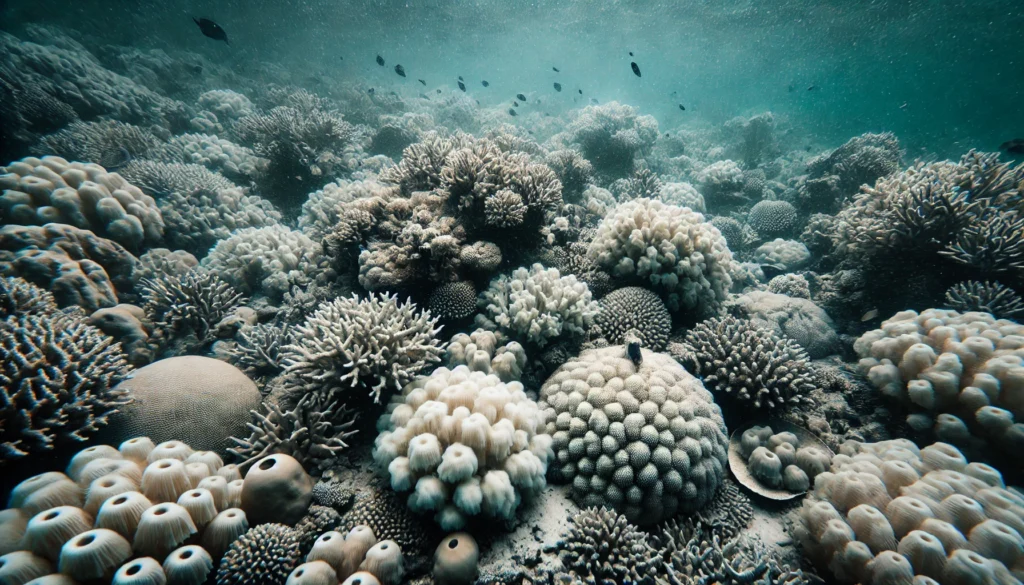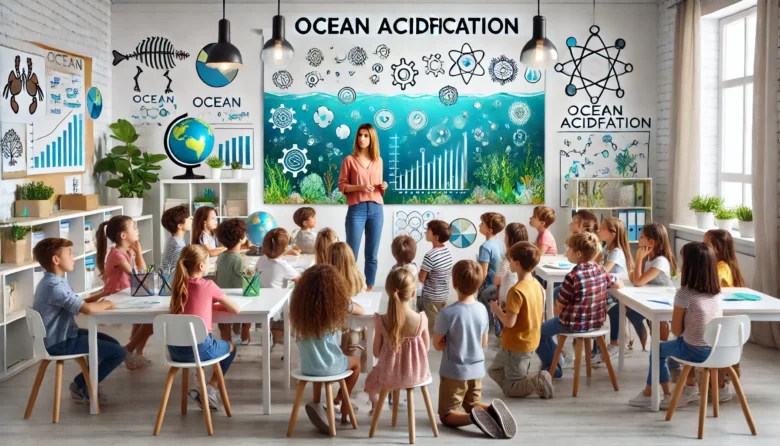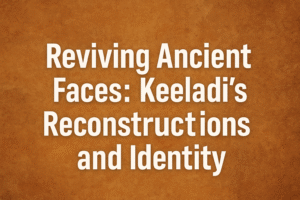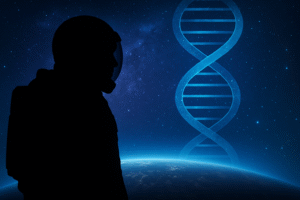Have you ever wondered how our oceans are silently changing? While climate change grabs most of the headlines, there’s another critical issue lurking beneath the waves – ocean acidification. It’s a topic that affects everyone, from the fish in the sea to the fishermen in Kerala, and it’s crucial we understand what it is and what it means for us. So, let’s dive into the science of ocean acidification and see what’s really happening to our oceans.
What is Ocean Acidification?
Ocean acidification can be described as the slow reduction in the pH levels of the world’s oceans, primarily caused by the absorption of carbon dioxide (CO2) from the atmosphere. When CO2 enters seawater, it forms carbonic acid, which then releases hydrogen ions, increasing the water’s acidity. This may sound like a lot of chemistry, but bear with me – it’s simpler than it seems!
Why Should We Care?
Imagine your favorite beach in Goa or the vibrant marine life along the Andaman and Nicobar Islands. Ocean acidification poses a serious threat to these beautiful ecosystems. It particularly impacts marine organisms that have calcium carbonate shells or skeletons, such as corals, mollusks, and certain plankton species. When the water becomes more acidic, it’s harder for these creatures to form and maintain their shells, leading to weaker structures and, in some cases, the inability to survive.

The Chemistry Behind It
Let’s break down the chemistry. The ocean has a natural pH of about 8.1, which is slightly alkaline. Over the past 200 years, the ocean’s pH has dropped by about 0.1 units, which might not sound like much, but because pH is a logarithmic scale, this represents a 30% increase in acidity.
Here’s the simplified chemical process:
- CO2 from the atmosphere dissolves in seawater.
- It reacts with water (H2O) to form carbonic acid (H2CO3).
- Carbonic acid dissociates into bicarbonate (HCO3-) and hydrogen ions (H+).
The increase in hydrogen ions is what makes the water more acidic.
Impact on Marine Life
Coral Reefs: Coral reefs play a vital role in marine biodiversity. They act as nurseries for many fish species and provide protection for coastal areas. Acidification makes it harder for corals to produce their calcium carbonate skeletons, leading to weaker reefs.
Shellfish: Oysters, clams, and other shellfish rely on calcium carbonate to build their shells. Higher acidity levels make it harder for these organisms to grow and survive, affecting the fishing industry and local communities reliant on shellfish.
Plankton: Though small, plankton are essential to the marine food web. Some species use calcium carbonate for their shells. Acidification threatens their survival, impacting the entire food chain, including the fish we consume.
Ocean Acidification and Climate Change
There is a strong connection between ocean acidification and climate change. Burning fossil fuels releases CO2 into the atmosphere, contributing to global warming and increasing the CO2 absorbed by oceans. As the Earth’s temperature rises, so does the rate of acidification. It’s a vicious cycle that requires urgent attention.
The Indian Context
With its extensive coastline and diverse marine life, India is especially at risk from the effects of ocean acidification. The livelihoods of many coastal communities, especially fishermen, are at stake. For instance, in Kerala, where fishing is a major occupation, the decline in shellfish populations due to acidification can have significant economic consequences.
Moreover, India’s growing seafood industry could face challenges as acidification affects marine species and their habitats. Sustainable practices and policies are essential to protect these vital resources.
What Can We Do?
Reduce Carbon Footprint: The best way to fight ocean acidification is by reducing CO2 emissions. This means embracing renewable energy sources like solar and wind, improving energy efficiency, and supporting policies that aim to cut carbon emissions.
Support Sustainable Fishing: Sustainable fishing practices help maintain healthy fish populations and ecosystems. This includes using fishing methods that do not harm the seabed and ensuring that fish stocks are not over-exploited.
Protect Marine Areas: Establishing marine protected areas (MPAs) can help preserve critical habitats and biodiversity. MPAs provide refuges for marine life, allowing ecosystems to thrive without the pressures of fishing and other human activities.
Raise Awareness: Educational and awareness initiatives are essential. The more people understand ocean acidification and its impacts, the more support there will be for actions to mitigate it. Schools, NGOs, and community groups can play a vital role in spreading the word.
Research and Monitoring: Continued research and monitoring of ocean pH levels and marine life health are essential. This helps scientists track changes, understand impacts, and develop strategies to address the issue.
Conclusion
Ocean acidification might be a complex topic, but its importance cannot be overstated. It’s a silent threat that’s already affecting our oceans and will continue to do so unless we take action. By understanding the science behind it and its impacts, we can work towards solutions that protect our marine ecosystems and the livelihoods of millions who depend on them.
Author’s Note
As a passionate advocate for the environment, I believe in the power of knowledge and awareness. Understanding ocean acidification is a step towards preserving our beautiful marine world. Let’s join hands in protecting our oceans for future generations.
G.C., Ecosociosphere contributor.




